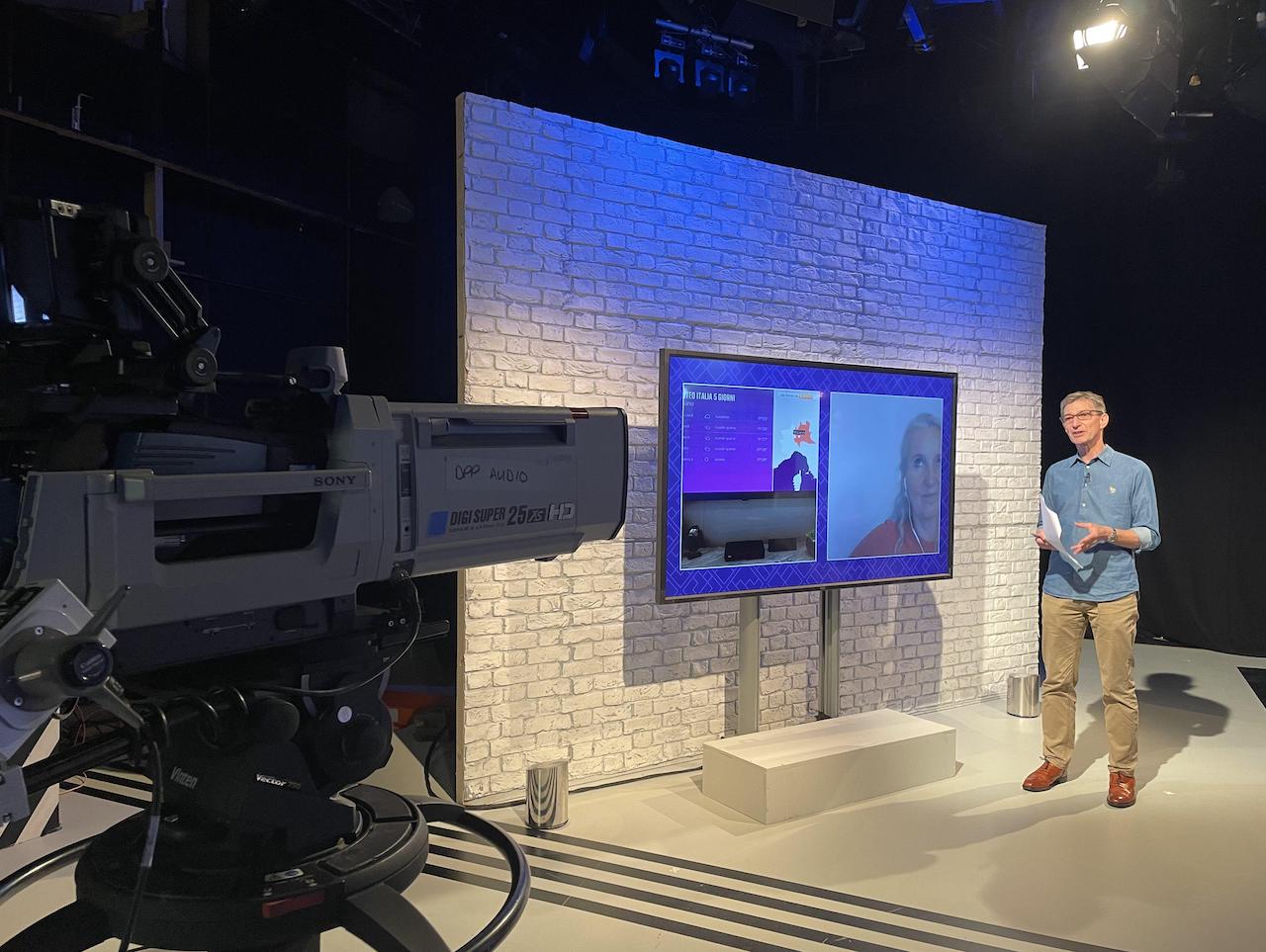I am continually amazed at how, even cost conscious, companies create delivery specifications. When it’s done correctly, a good delivery specification reduces costs for the business, improves interoperability, increases reliability, reduces failure rates and might even boost staff morale because things just work better.
It shouldn’t really be a surprise. A delivery specification is essentially a way of saying “give us content that conforms to this specification and we’ll use it otherwise we won’t”. As the world migrates to file based workflows, it becomes more and more difficult to get that specification right. One of the main reasons is the increasing number of encoders, decoders and codecs that are around. In tape days, there were maybe a dozen tape formats in common use. If the tape didn’t physically go into the slot of the machine, then you’d reject it.
Delivery specifications in tape days were mainly concerned with what was on the tape. Was the picture in the right place, were the number of sound channels correct, were the defects introduced by the tape transfer rare enough to ignore?
Delivery specifications in the file based world have to take into account all of the above issues, but also have to take into account the potential causes of process failure to do with the underlying file formats. If the file is to be used in a growing file workflow, then different file based features are required compared to a simple “dump it and use it” approach. File formats come in hundreds of different codec combinations and thousands of different audio / captions variations. The versatility and flexibility of files comes at the cost of managing that versatility.
We live in a world where the commercial negotiation to purchase a TV series might happen over a long period of time without any interaction with the technical team that has to accept the TV series and then use it. Often, at the last minute, an engineer is told that the delivery mechanism will be a file and, with no warning, will be asked “what format do we need?”. Given 24 hours to write a specification, it will be far from complete and may lead to long term problems that weren’t thought through at the time. When this situation inevitably falls upon you – do a little research. Open application specifications from AMWA & the Digital Production Partnership can come to your rescue. They have had many-years of work put into them to improve operational efficiency, reduce costs and help workflows. They are free, they are available and you can copy them. What’s not to like?
Featured in: Captioning | DPP | File-Based Workflows |
With 30 years in the industry, Bruce looks after Media Technology for Dalet. An engineer who designed antennas, ASICs, software, algorithms, systems and standards, Bruce is best known for being @MrMXF and you can get his book on Amazon.
More Articles By Bruce

